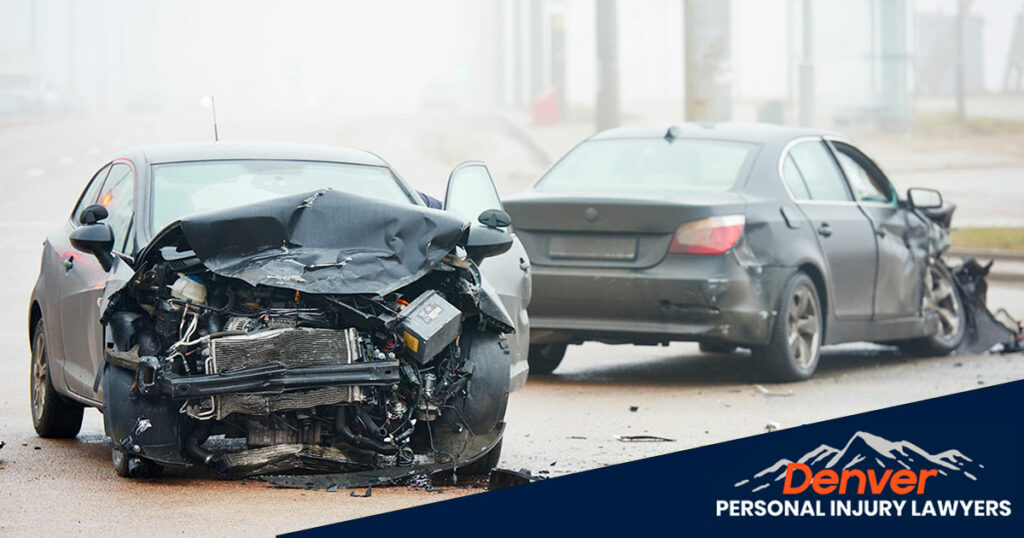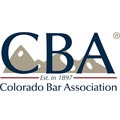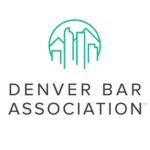All drivers have a legal responsibility to follow the rules of the road in order to prevent injuries. Every time a driver gets behind the wheel, they must drive with reasonable caution. We all trust and hope that other drivers will drive safely. But, even being a good defensive driver, there’s always a risk of being involved in a crash.
Whether a driver is reckless, improperly trained, or unfamiliar with the roadways, they can cause accidents. Even a simple wrong turn can have disastrous consequences. This is especially true if the driver turns into the direct path of oncoming traffic. Or, if a driver tries to pass another driver, they could cause a wrong-way accident.
A wrong-way accident is an auto collision where two drivers are heading towards each other and collide. This usually happens when one driver is going the wrong way or against the flow of traffic. It also happens when a driver mistakenly turns onto a one-way road or accidentally enters a road going in the wrong direction.
The results of a wrong-way accident are often more devastating than a minor fender bender. That’s because both cars have velocity, causing double the impact in the crash. Wrong-way accidents can result in property damage, catastrophic injuries, or even death.
Table of Contents
ToggleResults of Wrong-Way Accidents Are More Severe
According to the National Transportation Safety Board, wrong-way accidents are likely to have more severe outcomes than others. One out of every five (about 25%) of every wrong-way accident results in a fatality. When the accident occurs at high speeds, the results can be even more deadly. Even if a driver is fortunate enough to survive a deadly head-on collision, they might still sustain life-long or permanent injuries. In addition, they usually struggle with costly medical bills, lost wages, emotional distress, pain and suffering, and more.
Why Do Wrong-Way Accidents Happen in Colorado?
A wrong-way accident occurs when a driver accidentally steers into the opposite direction of travel. The result is a head-on collision with another car that’s going in the right direction. Wrong-way accidents often happen when drivers enter the freeway using an exit ramp. However, they can happen at lower speeds on inner streets, too.
The most frequent cause of wrong-way accidents is driver error. In rare cases, they are caused by a vehicle part malfunction or faulty roadway design. But, in most cases, the cause is driver error. Here are some of the leading causes of driver error or negligence that cause wrong-way accidents.
Driving Under the Influence or While Impaired
Additional research from the National Transportation Safety Board (NTSB) indicates that over 50% of all wrong-way collisions involve a drunk or intoxicated driver. Drunk drivers who cause wrong-way accidents often have a substantially high BAC (blood alcohol concentration).
Elderly Drivers and Young Drivers
Elderly drivers and teen drivers cause a significant percentage of accidents. Elderly drivers may have poor eyesight or other health complications that lessen their ability to recognize danger. It’s also possible for them to have physical limitations that prevent them from reacting fast enough to avoid a crash.
According to the Centers for Disease Control and Prevention (CDC), young drivers lack experience and therefore are at higher risk of causing fatal accidents. They often underestimate dangerous situations and are more likely to make critical errors that lead to deadly crashes.
Distracted Driving
Distracted driving is by far the leading cause of accidents in the US. Distracted driving also contributes to wrong-way accidents. If a driver is using their phone while driving, they might merge against traffic. Or, they could turn onto the wrong highway ramp or turn onto a one-way street. All it takes is a split second for a driver to get distracted and make a move that leads to a fatal accident.
Driving on Unfamiliar Roads
A young, new, or family driver with the area could have trouble navigating certain traffic laws. For example, in an unfamiliar area, traffic circles, one-way streets, or small alleys can confuse drivers. Therefore, drivers are more likely to travel in the wrong way and cause accidents. Whether by wrong-way entry or making illegal u turns to follow a navigation, driving in unfamiliar areas poses many risks for wrong-way accidents.
Unexpected Detours
Sometimes, there are inevitable detours in the road that reroute traffic due to construction. When parallel lanes are temporarily used for opposite direction traffic, wrong-way accidents are more likely. Furthermore, without proper signal to indicate lane-shifting, drivers could inadvertently end up in the wrong lane when the detour ends.
Poor Roadway Conditions Or Road Design Issues
Highway interchanges can be especially risky when entrance and exit ramps are parallel. For example, if you have cloverleaf and partial cloverleaf designs, this can pose a risk of collision with parallel entrance and exit ramps. Furthermore, when highway entrances and exits occur at intersections, drivers who fall short on their left may accidentally turn too shallowly and thus go head-on with the flow of traffic.
Confusing highway ramp designs can confuse drivers, especially if they are not paying full attention to the road. Sometimes they enter the wrong part of the roadway (e.g., when there is a cloverleaf design highway ramp) because exit ramps are parallel, which can be confusing. A confused driver could end up on the wrong side of the median or enter the wrong ramp.
Drivers making a left turn more commonly enter the highway from the wrong side as opposed to drivers making right turns. Motorists usually realize immediately that they are traveling the wrong way and make attempts to turn around. But sometimes, it’s too late when they realize and they get into a wrong-way accident.
Lack of Proper or Adequate Traffic Signage
Sometimes, poorly marked ramps can cause accidents too. For example, a ramp that should have a “DO NOT ENTER” sign could cause a drive to enter a street the wrong way. In addition, any of the following could distract or mislead a driver, causing an accident:
- Inadequate lighting
- Lack of proper signs
- Any obstructions in the roadway by debris or foliage
Defective Auto Equipment
A manufacturer can also be held legally responsible. Some possible defects that could cause an accident include:
- Defective tires
- Faulty brakes
- Unreliable steering system
- Other defective auto component
Common Injuries in Colorado Wrong-Way Car Accidents
We know from research that wrong way crashes are significantly more likely to have fatal outcomes than other types of accidents. When death occurs in one out of every 5 wrong way accidents, that’s a sign that they are a serious threat to our roadways.
Even if victims survive crashes, they often sustain severe to cast round or even permanent injuries. They often require extensive surgery, hospitalization, long-term physical; care, emotional therapy, physical rehabilitation, and have life-long complications that make it difficult or impossible to live independently.
Common injuries from wrong-way driving collisions include:
- Head injuries ( traumatic brain injury or TBI)
- Neck injuries (whiplash)
- Spinal cord injuries, often resulting in paralysis
- Internal organ damage
- Broken bones (commonly seen in the pelvic region, ribs, arms, legs, and collarbone)
Contact a Dever Car Accident Lawyer Today
Free Consultations
With the resources to win you the maximum settlement and extensive experience, our legal team is one of the best in the area. We prioritize you and your needs, listen to you, and communicate with you throughout the entire process.
We also handle all legal proceedings for you so you can take time to recover and get your life back on track. No one should have to navigate the devastating aftermath of a car accident alone.
Our honest and compassionate approach is what has built us a loyal clientele. We respect you and your time and will handle your case like it’s our own family’s.
Contact us today to schedule your free initial consultation, or call (720)500-HURT.
















